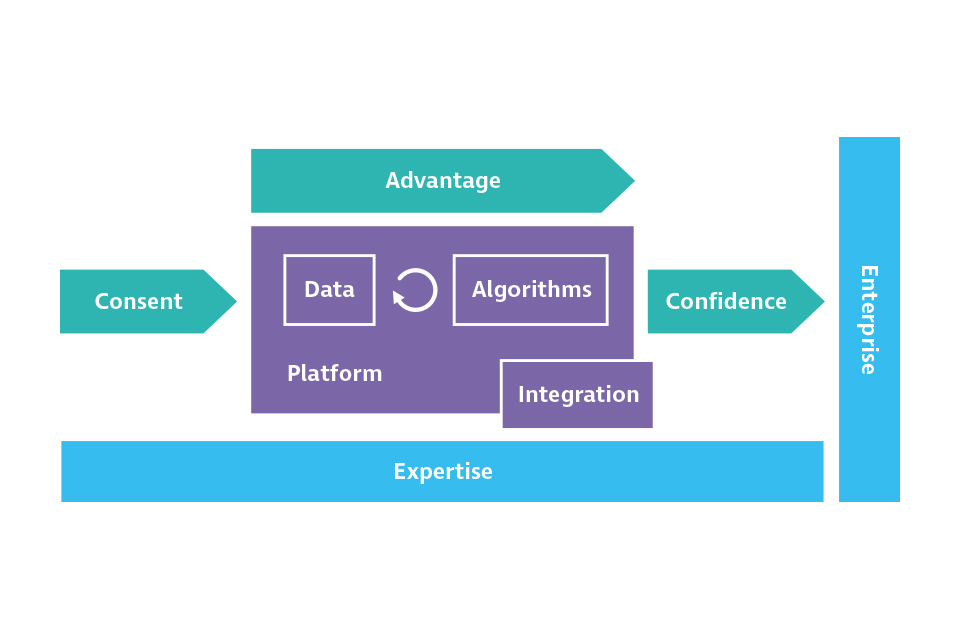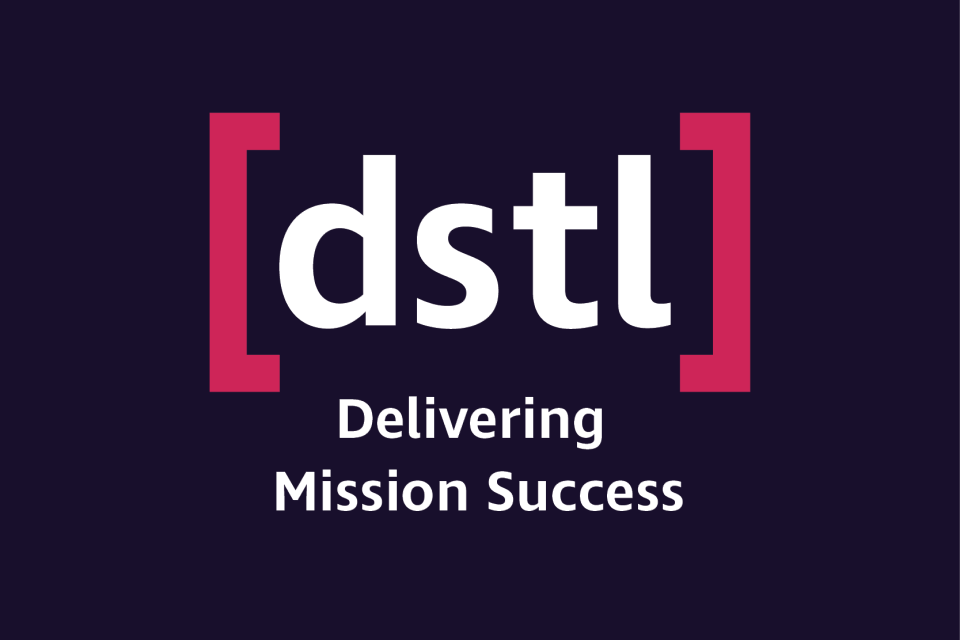Introduction
Published 23 October 2020
1. Foreword
Artificial intelligence (AI) and autonomy are experiencing a surge in interest across almost all sectors of the global economy, offering breakthroughs in many areas previously beyond the capabilities of traditional approaches to computing. These terms, so long confined to academia, have entered the public conscience, through consumer applications like Amazon’s Alexa, Google’s Translate, and Uber’s self-driving cars, and business applications, like Ocado’s retail technology.

Despite these many popular examples of AI and autonomy, actually realising the benefits is deceptively hard. We often see compelling demonstrations of the technology and assume it can quickly bring value within our own areas. However, this is rarely the case. Too often, we focus on the technology in isolation, ignoring the other critical elements needed to realise the benefit and deliver a genuine new capability.
To address this challenge, we have developed the Building Blocks for AI and autonomy. We aim to provide a framework for thinking about AI and autonomy from a systems perspective, and provide some practical questions you should consider when undertaking AI and autonomy projects. So boil the kettle, grab a biscuit and get reading …

This publication is intended to stimulate thought and provide advice that is based on the cumulative experience of the science and technology teams delivering MOD funded AI research projects; it does not represent departmental or government policy.
1.1 Defence Science and Technology Laboratory
Dstl delivers high-impact science and technology for the UK’s defence, security and prosperity. We deliver world-leading AI and autonomy work in partnership with our customers, user community and specialists from industry, academia and allied nations. We look at everything, from very early research into how machines interact with humans, to applying AI and autonomy to real-world challenges and operational requirements.
In our role, we are able to provide clear advice on the engagement with and use of AI and autonomy in a defence and security environment.
2. Introduction
This is what we call a Biscuit Book, something you can pick-up and dip into with a tea and biscuit. The Biscuit Book is arranged as a series of easily digestible chunks that cover the individual building blocks of AI and Autonomy, doing so in a manner that provides the essential information without ever being too technical.
We hope you find the Biscuit Book both informative and digestible.
Time for a brew?
3. What do we mean by AI and Autonomy?
In the first Biscuit Book: AI, Data Science and (mostly) Machine Learning, we provided this definition for AI:
3.1 Artificial Intelligence
Theories and techniques developed to allow computer systems to perform tasks normally requiring human or biological intelligence.
But this definition is just one of many. And, AI is not really all that intelligent. The AI we know today is very specialised: it is a critical part of a self-driving car, but the AI in that car won’t be able to beat you at Scrabble or appreciate music.
Here we define Autonomy:
3.2 Autonomy
The characteristic of a system using AI to determine its own course of action by making its own decisions.
And from there we define Autonomous Systems:
3.3 Autonomous Systems
A system containing AI-based components that allow it to exhibit autonomy.
An autonomous system could operate in the physical world (for example, a self-driving car deciding when to accelerate and brake) or in the virtual world (for example, an email spam filter deciding which emails to block), or in both.
In truth, it’s not a hard and fast line, the key point to make here is that we are talking about systems with AI as a component – the key component perhaps, but only one part of a wider system. In this biscuit book we aim to provide advice and a framework for thinking about AI and autonomy from a systems perspective.

4. Building Blocks
So, what do we mean by Building Blocks and what are they? The Building Blocks are a framework we have developed to help break down the complex topic of AI and autonomous systems into more easily accessible chunks. They do not specify how something should be done, but articulate what factors need to be considered.
We have nine Building Blocks that very deliberately provide a high-level perspective. Each Building Block represents something that needs to be considered or actions that need to be taken to ensure the AI and autonomy is built correctly, does what it’s meant to and no more, and does so legally and ethically (yes, it’s not just about programming).
Don’t think of these building blocks as like breeze blocks, all the same size and the same for each system you work on. A better analogy is Lego(TM) (other toy bricks are available, we just can’t think what they are). Here you have a choice of different sized, shaped and coloured bricks that you select based on what you are trying to build.
The point is that the value that each block adds to a system will depend on the needs of that system and this will vary depending on the maturity of the work, the area of use and other factors. Therefore adequately addressing each Building Block will require some degree of engagement with experts, or reference to supporting materials, to ensure each Building Block is properly understood.
4.1 Figure 1: Building Blocks for AI and Autonomy

Figure 1 – Building Blocks for AI and Autonomy
The nine Building Blocks are themselves split into three elements, shown in Figure 1:
-
The Core elements of AI (in purple): Data, Algorithms, Platform and Integration. These are the things that together create AI and hence allow the system to exhibit autonomy.
-
The Critical factors for success (in green): Advantage, Consent and Confidence. These are not part of the system itself but are critical to the successful development and deployment of the system.
-
The Cross-cutting enablers (in blue): Expertise and Enterprise. These are the things that bring everything together and are required to deliver autonomous systems at scale.
Each of the Building Blocks is explained in a little more detail on the following pages (but only a little more to limit the number of brews required).
We also include some questions you should ask to reduce the risk of OSINTOTs (an OSINTOT is what you say right at the end of a project when you realise there is that thing you should have done and your multi-million pound aircraft is now a smouldering heap – “Oh sugar, I never thought of that”. Actually in that situation you might not say “sugar”).

